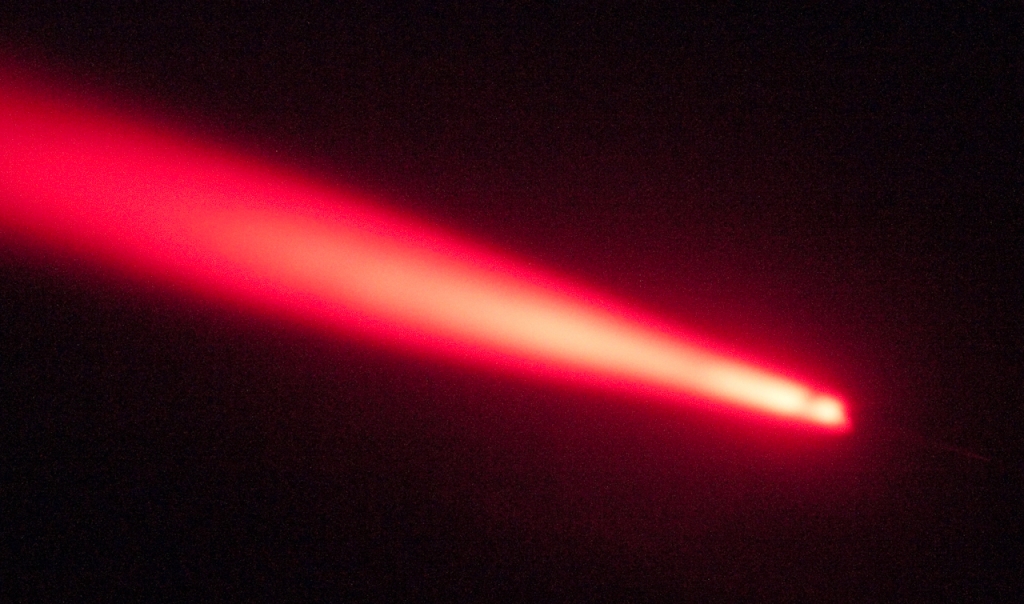-
Tips for becoming a good boxer - November 6, 2020
-
7 expert tips for making your hens night a memorable one - November 6, 2020
-
5 reasons to host your Christmas party on a cruise boat - November 6, 2020
-
What to do when you’re charged with a crime - November 6, 2020
-
Should you get one or multiple dogs? Here’s all you need to know - November 3, 2020
-
A Guide: How to Build Your Very Own Magic Mirror - February 14, 2019
-
Our Top Inspirational Baseball Stars - November 24, 2018
-
Five Tech Tools That Will Help You Turn Your Blog into a Business - November 24, 2018
-
How to Indulge on Vacation without Expanding Your Waist - November 9, 2018
-
5 Strategies for Businesses to Appeal to Today’s Increasingly Mobile-Crazed Customers - November 9, 2018
Lasers used to refrigerate water for first time ever
One of the researchers says that they weren’t really sure if it was possible to cool water with a laser, simply because water typically warms when illuminated. The group has published a study saying that it’s the “first example of a laser beam that will refrigerate liquids like water under everyday conditions”. In medical research, scientists could use the technique to freeze a single nerve cell and observe how the brain rewires with no harm done to the nearby tissue.
Advertisement
The infrared laser was pointed at a nanocrystal in a drop of water.
The freeze ray has always been one of the coolest (pun actually not intended in this case) weapons seen in science fiction films, capable of freezing a foe and then with a kick breaking them down into millions of pieces.
Laser was never regarded as a cooling medium, but in a new study conducted by UW researchers, the first ever evidence pertaining to laser’s cooling abilities under actual world conditions has finally surfaced. Demonstrating the process to multiple crystals need more laser power, which makes it energy exhaustive.
“The laser refrigeration process was first demonstrated in vacuum conditions at Los Alamos National Laboratory in 1995, but it has taken almost 20 years to demonstrate this process in liquids”, Roder acknowledged. Now, though, researchers have used an infrared laser to cool water by about 36 degrees Fahrenheit.
Of course, the technology is still very much in its early developmental stages and quite energy intensive, so enlarging it and making it more efficient are the next steps for the researchers.
Though the researchers say that it would be possible to “point cool” specific areas of microprocessors using this IR laser tech it was their intention to apply the technology to cellular biology.
“Few people have thought about how they could use this technology to solve problems because using lasers to refrigerate liquids hasn’t been possible before”, Pauzauskie said. With the help of the experiment, they have also shown that the cheap hydrothermal process can be used for manufacturing laser crystal for laser refrigeration process, whose production otherwise costly and demands time. So, you don’t have to refrigerate an entire cell, which may prove damaging or could alter its behavior, but only a tiny fraction.
Concerning the laser itself, the University of Washington decided on using infrared due in large part to the fact that visible light has the potential to harm or “sunburn” cells.
Advertisement
To achieve the breakthrough, the UW team used a material commonly found in commercial lasers but essentially ran the laser phenomenon in reverse. The crystal got excited, emitting a glow that has a bit greater energy as compared to the light absorbed by the particle.




























